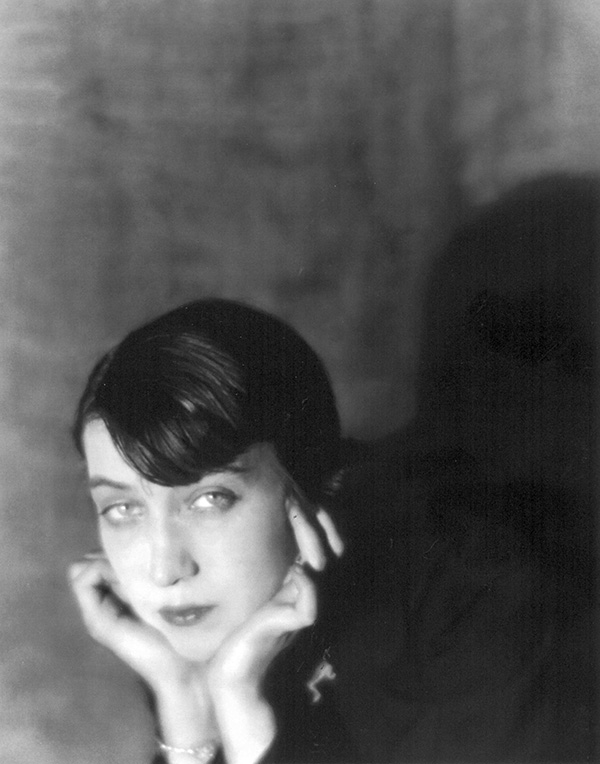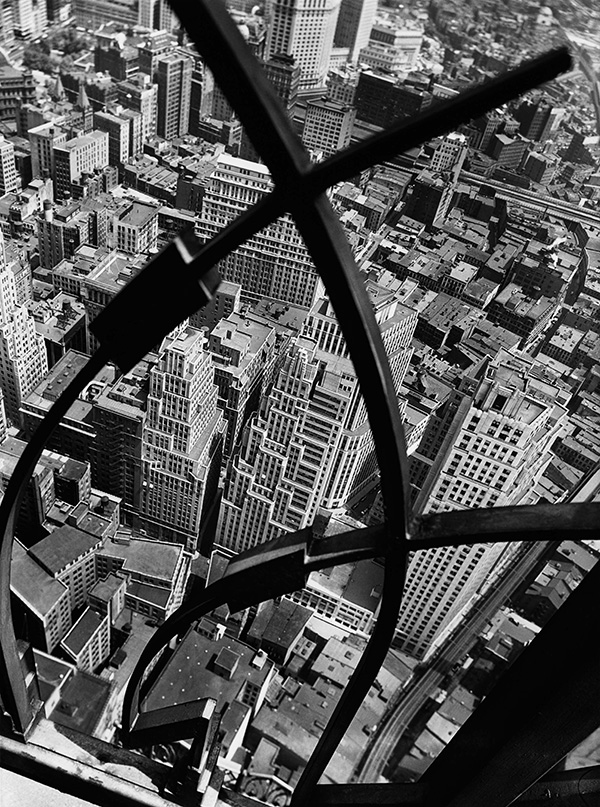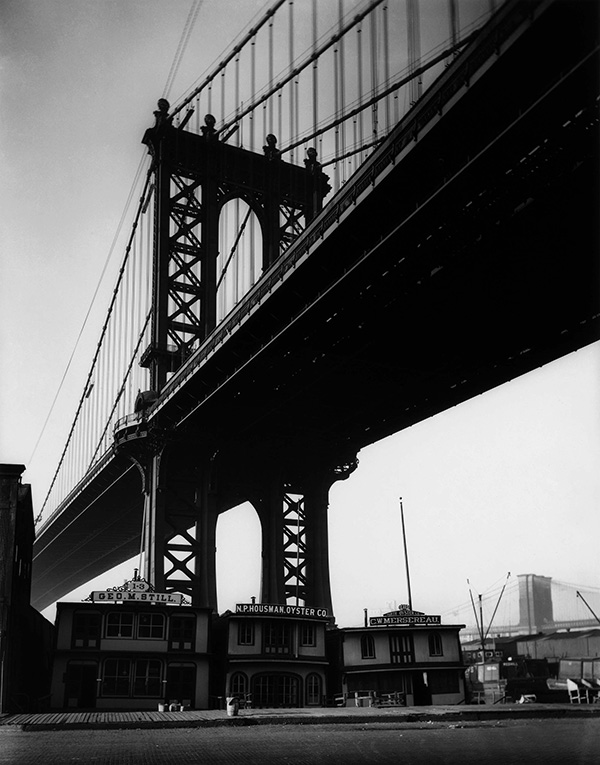PHOTO:Berenice Abbott-Photographs
 The work of Berenice Abbott (1898-1991) played a decisive role in the history of photography and offered a new way to understand its language. She helped to relieve the medium of any comparison to painting, photography started to exist independently and according to its own characteristics. Known in the ‘20s and ‘30s in the avant-Garde circles of Paris and New York as an activist in favor recognizing documentary photography as art, Abbott never ceased to examine aspects of realism and modernism through her work, as in “Changing New York”.
The work of Berenice Abbott (1898-1991) played a decisive role in the history of photography and offered a new way to understand its language. She helped to relieve the medium of any comparison to painting, photography started to exist independently and according to its own characteristics. Known in the ‘20s and ‘30s in the avant-Garde circles of Paris and New York as an activist in favor recognizing documentary photography as art, Abbott never ceased to examine aspects of realism and modernism through her work, as in “Changing New York”.
By Efi Michalarou
Photo: Martin-Gropius-Bau Berlin Archive
The exhibition “Berenice Abbott – Photographs” presents 80 photographs of the Martin-Gropius-Bau andsprovides visitors with an insight into the oeuvre of this major artist. Berenice Abbott is considered to be one of America’s most important documentary photographers. She came to fame after releasing her “Changing New York” series of photographs, which was produced between 1929 and 1939. She first conducted these surveys with a small-format camera that allowed for more flexible shooting: high- and low-angle shots, diagonal compositions, switching of perspectives. Abbott compiled her images into albums that are stored at the Metropolitan Museum’s Photography Department, in New York. Only in 1930 did she adopt a large-format camera. The process was laborious but optimized for rendering, definition and sharpness. The series of images documents New York in times of change and not only features a combination of Victorian architecture and cowboy saloons, but also modern elements such as skyscrapers reaching high into the clouds and the first large billboards. Abbott took her camera through the city, photographing it street after street. In doing so, she took a similar approach to her great role model Eugène Atget, who took photographs of old Paris at the turn of the century and whom Abbott got to know and respect in the ‘20s when she emigrated to Paris from New York. She went on to acquire his archive in order to publish his photographs. Berenice Abbott worked as Man Ray’s assistant for 3 years and it was his recommendation that led her to start taking photographs herself. Alongside her work as a documentary photographer, she also worked as a science photographer and a portraitist of well-known artists and authors, producing portrait photos of figures such as Edward Hopper, James Joyce, Jean Cocteau, Sylvia Beach and Djuna Barnes.
Info: Curator: Anne Morin, Martin-Gropius-Bau Berlin, Niederkirchnerstraße 7, Berlin, Duration 1/7-3/10/16, Days & Hours: Wed-Mon 10:00-19:00, www.gropiusbau.de





